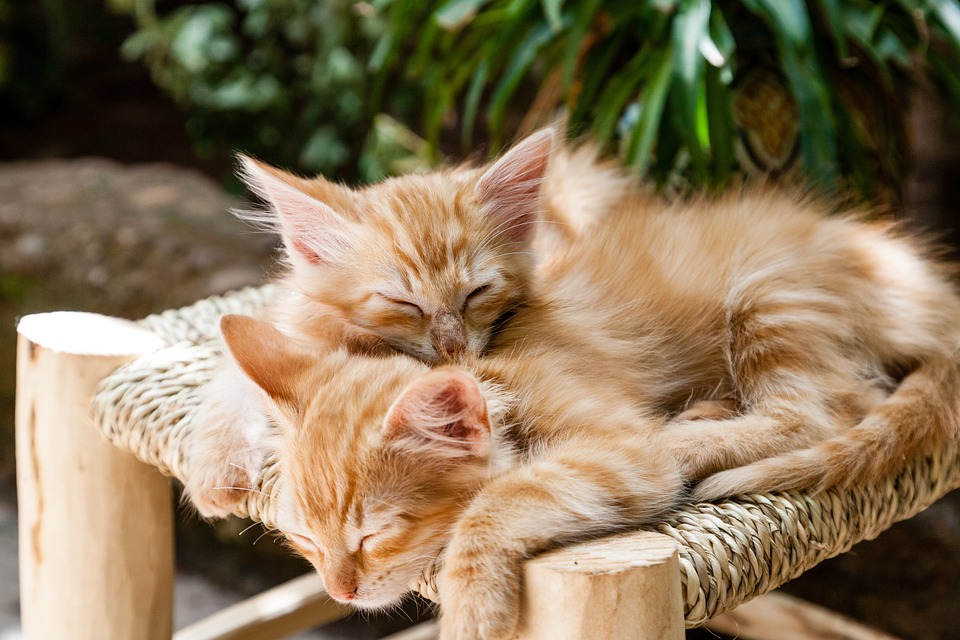Understanding the Flehmen Response: A Fascinating Behavior in Animals
Introduction:
Cats, just like many other animals, exhibit a wide range of intriguing behaviors that often leave us fascinated. One such behavior is the Flehmen response. In this article, we will delve into the details of this behavior, exploring what it is, why animals display it, and how it relates to their communication and sensory perception.
What is the Flehmen Response?
The Flehmen response is a behavior commonly observed in mammals, including cats. It is characterized by the animal curling back its upper lip, exposing its front teeth, and inhaling deeply through its nose. This distinctive facial expression is often seen when cats encounter certain scents or pheromones.
Why Do Animals Display the Flehmen Response?
The primary purpose of the Flehmen response is to facilitate the detection of chemical signals, specifically those related to reproductive and social behavior. By curling their lips and drawing air in through their nostrils, animals can direct these scents to a specialized sensory organ called the vomeronasal organ (VNO) located in the roof of their mouths. This organ plays a crucial role in detecting and processing pheromonal cues.
The Role of the Flehmen Response in Cat Communication:
Cats, being highly territorial animals, use the Flehmen response as a means of communication. By analyzing scents left by other cats or potential mates, they can gather valuable information about their surroundings and the individuals present. This behavior helps them establish social hierarchies, identify potential threats, and communicate their readiness for mating.
Factors that Elicit the Flehmen Response:
Several factors can trigger the Flehmen response in cats. These include:
1. Pheromones: Cats may display the Flehmen response when exposed to pheromones secreted by other cats or certain objects. This behavior allows them to assess the chemical signals present in their environment.
2. Urine Markings: When cats encounter urine markings left by other cats, they often exhibit the Flehmen response. This behavior helps them gather information about the marking cat’s gender, reproductive status, and overall health.
3. Mate Attraction: The Flehmen response is commonly observed during courtship and mating. Male cats may display this behavior when detecting pheromones emitted by a female in heat.
FAQs about the Flehmen Response:
Q1: Do all cats display the Flehmen response?
A1: Yes, the Flehmen response is observed in various feline species, including domestic cats, lions, tigers, and cheetahs.
Q2: Can the Flehmen response be seen in other animals too?
A2: Absolutely! The Flehmen response has been observed in several mammalian species, such as horses, cattle, giraffes, and even some reptiles.
Q3: Is the Flehmen response harmful to cats?
A3: No, the Flehmen response is a natural behavior and not harmful to cats in any way. It is a part of their innate sensory perception.
Q4: Should I be concerned if my cat frequently exhibits the Flehmen response?
A4: Frequent Flehmen responses are typically normal and indicate that your cat is actively exploring its environment and gathering information. However, if you notice any unusual behavior accompanying the Flehmen response, it’s advisable to consult a veterinarian.
Conclusion:
The Flehmen response is a captivating behavior that allows cats and other animals to access and analyze chemical signals in their environment. By understanding this behavior, we can gain insight into their communication, social dynamics, and sensory perception. So, the next time you spot your feline friend displaying the Flehmen response, appreciate the fascinating biological mechanism behind it.








